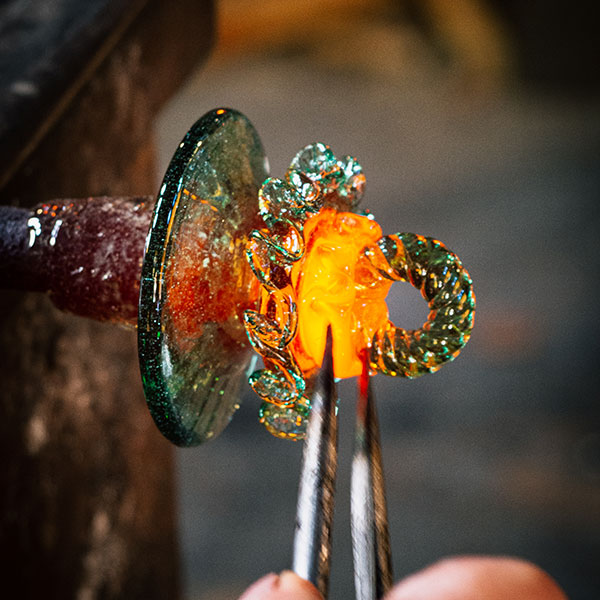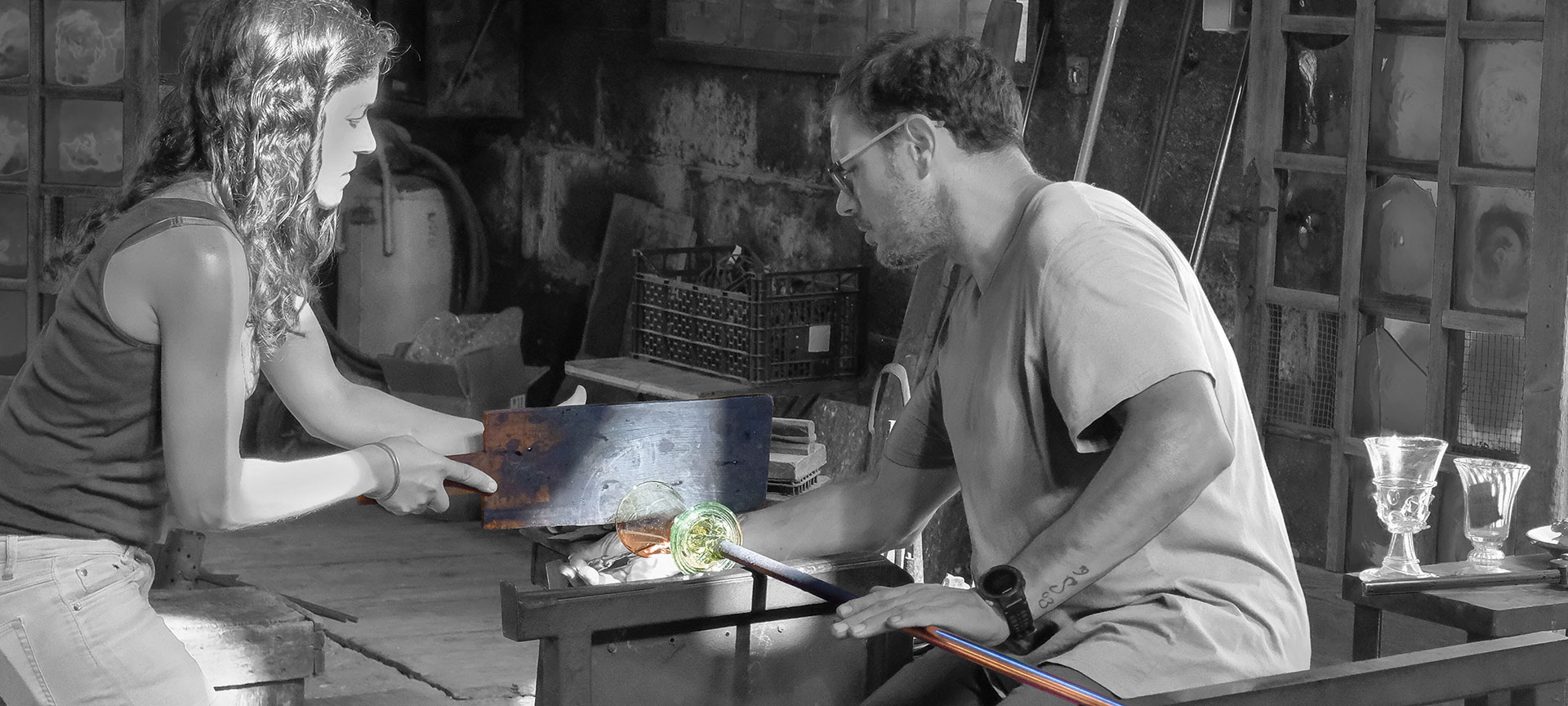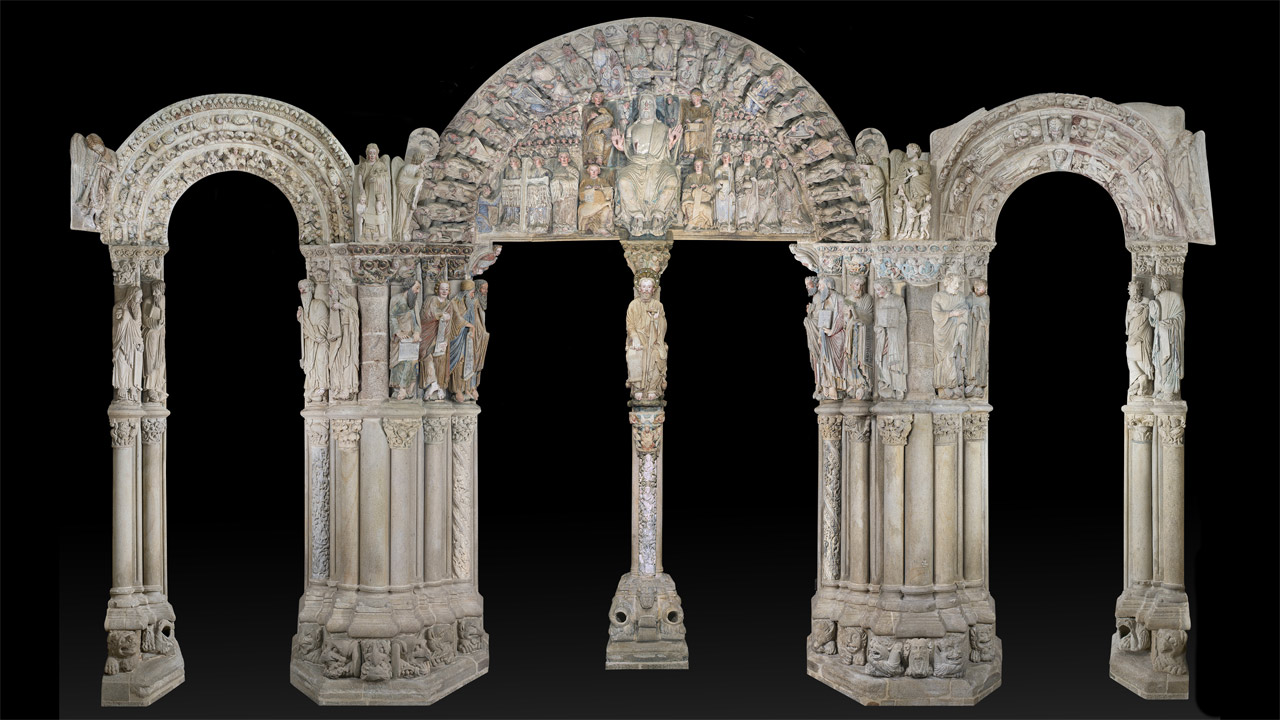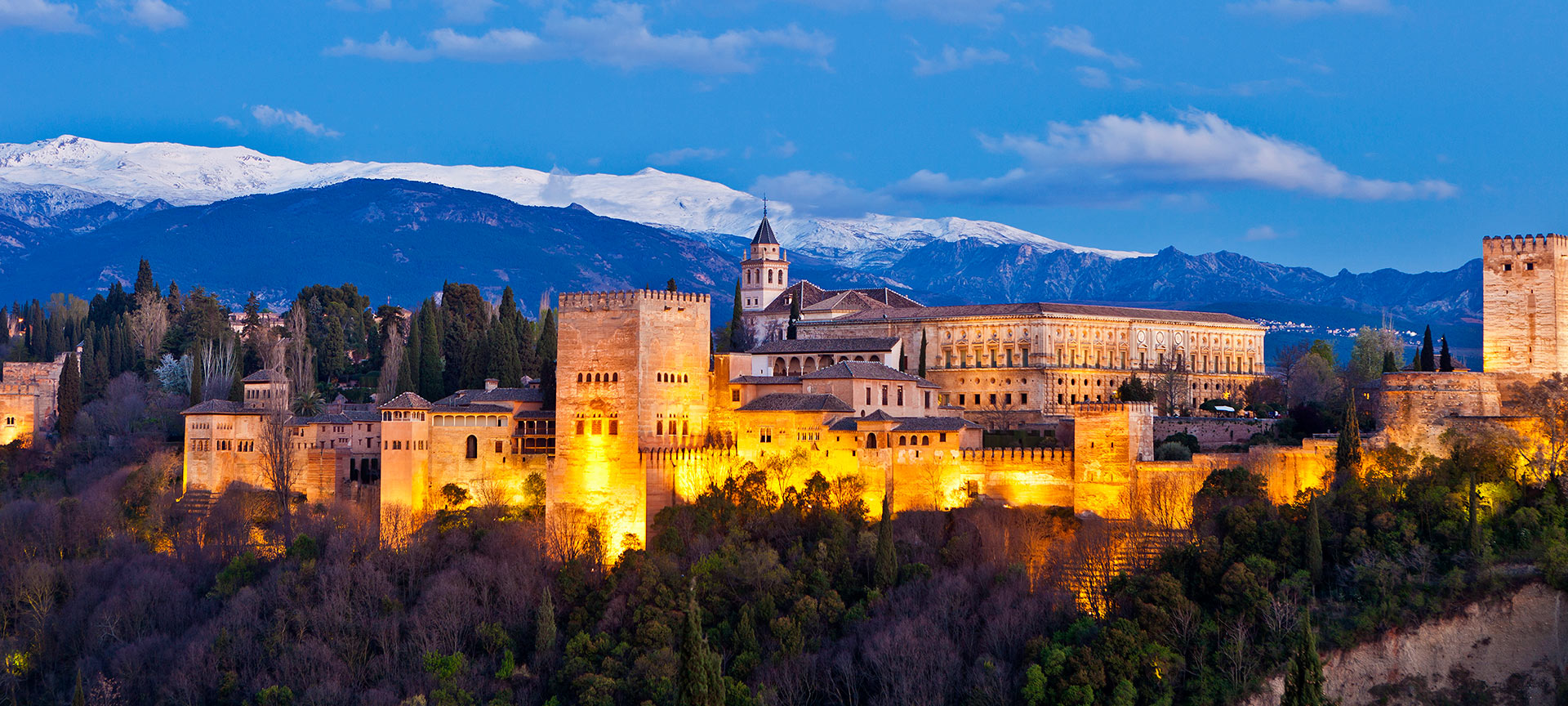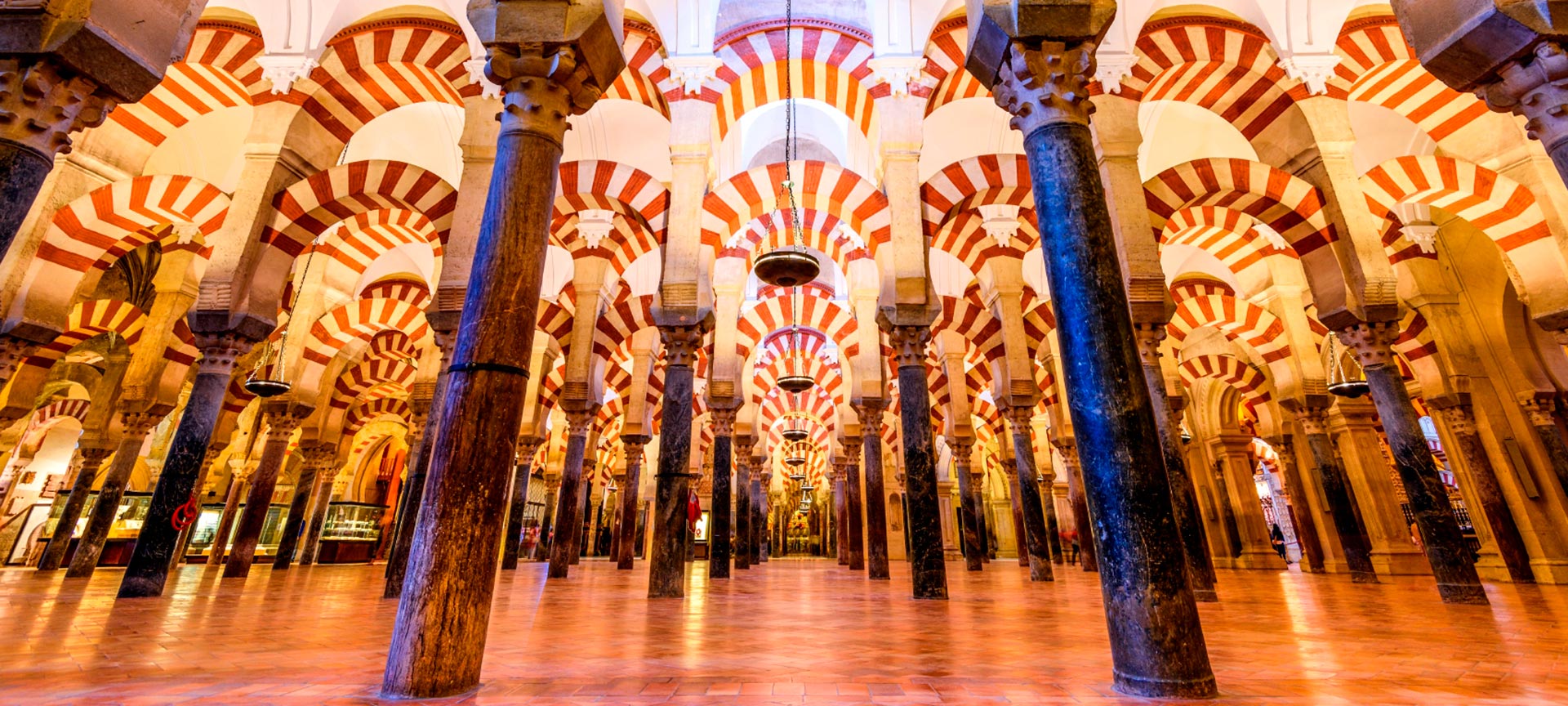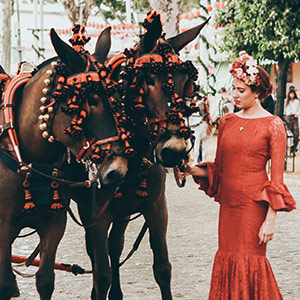This type of creative production, which requires many years to master, is strongly linked to Spanish culture: it has been used for three centuries, for example, in the Royal Crystal Factory of La Granja (Segovia), where it is also taught to apprentices. More individually, nearly a hundred and a half craftsmen help to keep the technique alive.In simple terms, the work method involves: the raw material (molten glass) is melted in a furnace at a temperature of more than a thousand degrees. When it reaches the soft consistency of incandescent paste, the master inserts the long metal blowpipe (empty in its centre), takes a piece of the paste, takes it out of the furnace and blows for the first time to create a bubble in the material, i.e. the hollow part of the glass, vase or piece you plan to make. The craftsman shapes his creation while keeping the bubble alive and uniform, inflating the glass and constantly moving the pipe on its own axis. New pieces of hot glass are added to the work to add handles, cup feet...
